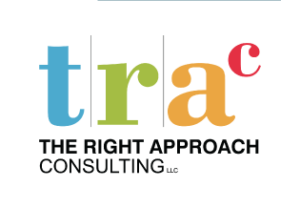A wise man once said “Inspection is Evil”; …actually it was me and I didn’t say it just once, I say it every chance I get. Inspection is a non value-add activity and companies tend to use it to hide many sins. Traditionally, leaders of American industry have had a one-size fits all solution to just about any manufacturing problem they encounter; throw more inspectors at it. Customer returns increase and/or internal yields decrease; “Let’s hire more inspectors to make sure our customers do not receive the results of our inefficient process.” Whether you find bad parts internally or ship them, the customer is paying for your process inefficiencies either by defects, or the cost of your inspection, rework and repair. I am here to tell you that this approach simply does not work, and I will prove it to you shortly. 
1. From a functional standpoint, there are three types of inspection: Judgment/Standard Inspection
2. Informative Inspection
3. Point of Origin Inspection
The first two are widely used and considered traditional methods of quality control. Point of Origin Inspection is the only method that actually eliminates defects by putting the responsibility for quality back at the manufacturing source, quality assurance.
Not only is inspection non value-add, it is ineffective as well! How effective would you think visual inspection is? Would you be surprised if I said that 100% visual inspection is only 80-85% effective! Don’t believe me? Consider this: I have administered an exercise I like to call “Steve’s F Test”. Using a minimum of 30 people (for statistical significance) that are my “F Inspectors”, I have them read a paragraph inspecting it for the presence of the letter “F”. In over 100 exercises the results are eerily consistent: the mean inspection accuracy is only around 55%, with a range typically of 33% – 75% that follows a normal bell-shaped distribution. And this is after only 60 seconds; imagine the drop in effectiveness after 7 hours due to distractions and fatigue!
Saving pennies at the expense of dollars by employing excessive inspection, I would argue, is one of the more hidden destroyers of profits in any organization. Indeed, inspection is evil.








You must be logged in to post a comment.